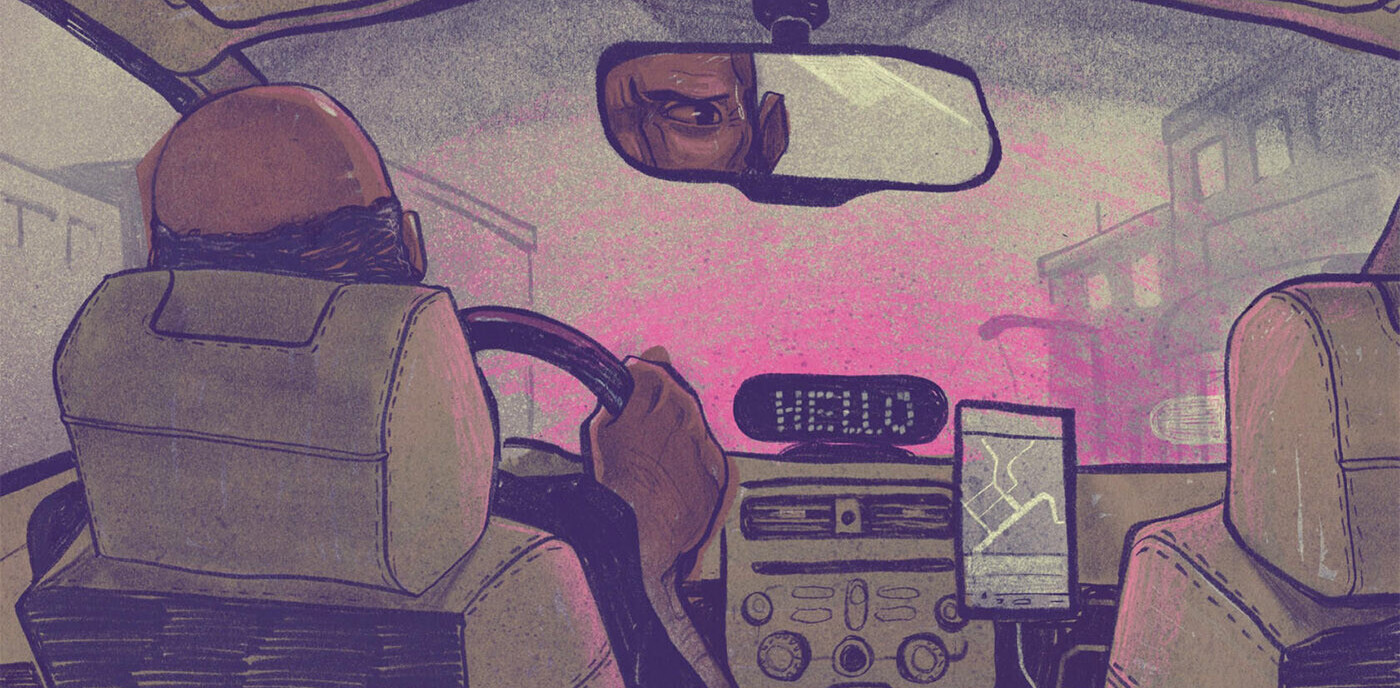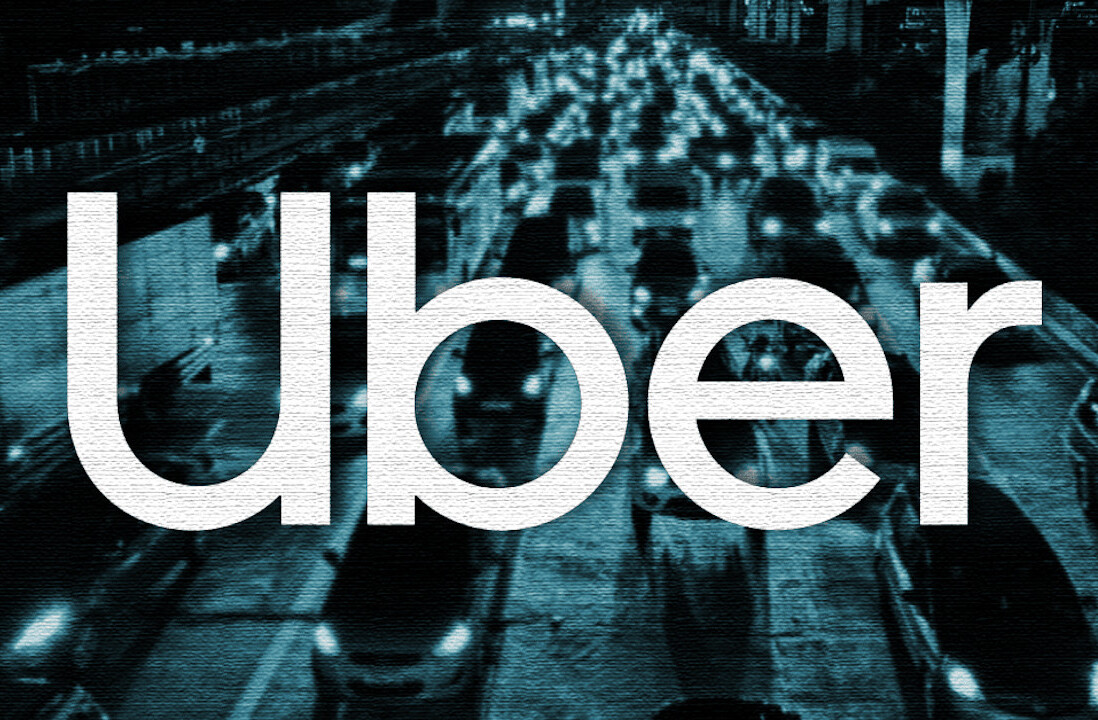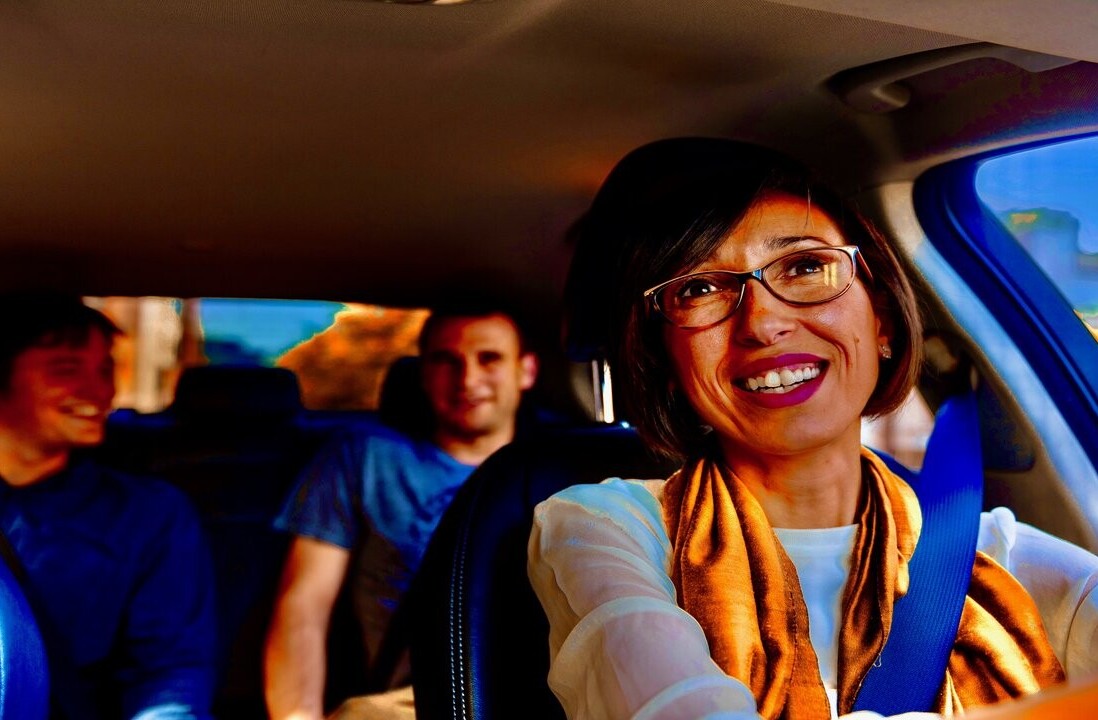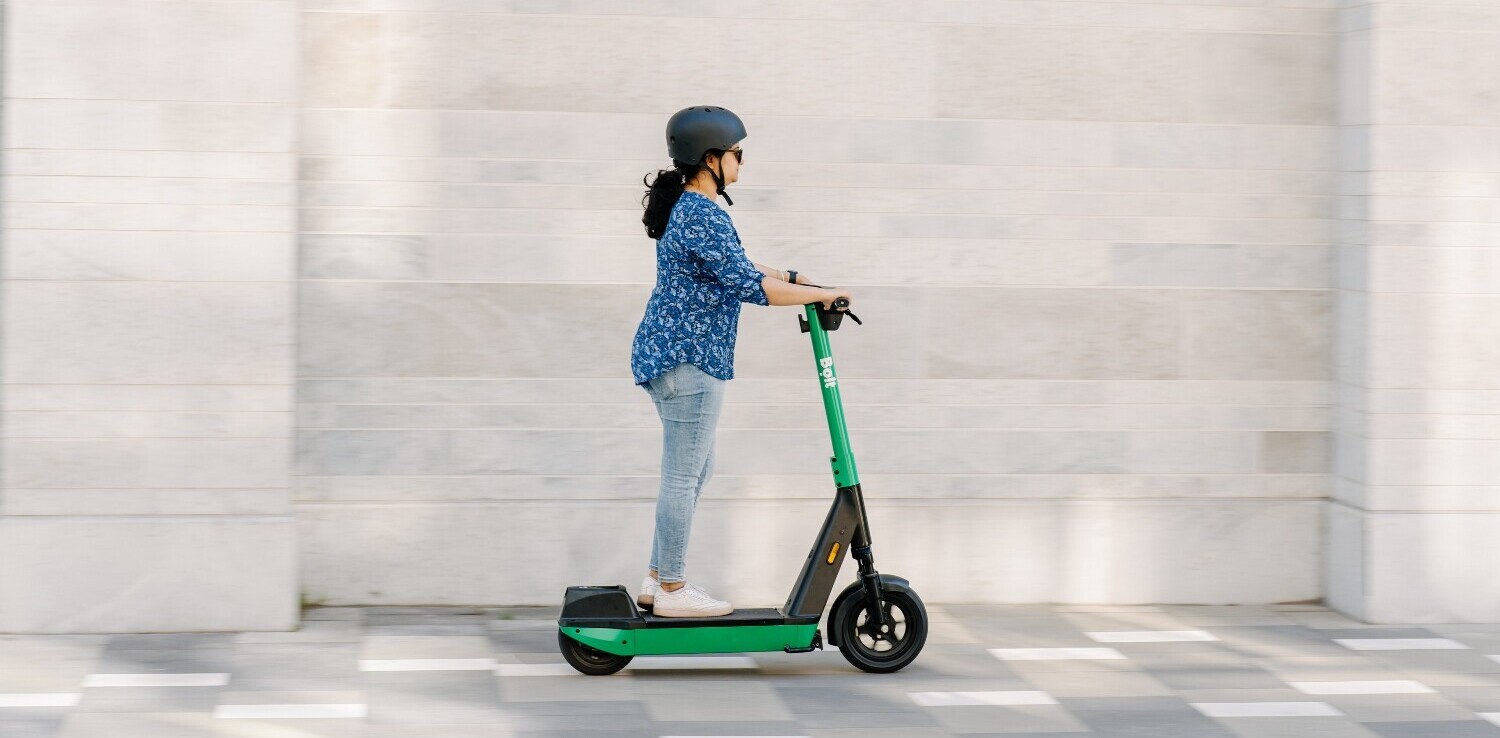
Traffic is unpleasant. There’s nothing worse than sitting in a long line of cars, moving nowhere.
Perhaps that was the motivation behind Uber’s decision to invest in the technology that will ultimately lead to a flying taxi service.
Today, at Uber’s Elevate event, the controversy-prone ridesharing company unveiled more details about what this will look like.
First, let’s talk about availability. Flying Uber taxis are just on the horizon, with the company intending to demonstrate the tech in action by 2020.
The first showcases will take place in Dallas-Fort Worth, although the company also wants to demonstrate it in Dubai that year. This is in order to coincide with the 2020 World Expo, which the city is hosting.

It also intends to put the flying taxis into service by 2023, which is just six years away.
Uber’s decision to launch in Dallas, which was also the host of the Elevate event, is hardly a surprise. The city is notably aviation friendly, and is host to Texas’s busiest international airport, and the fourth busiest in the United States.
Speaking to Fast Company, Dallas mayor Michael S. Rawlings said “We have a history of aviation.”
“We have American Airlines, Southwest, Bell Helicopter, so many.”
Rather than the current Uber model, which is point-to-point transportation (i.e. house-to-office, office-to-bar), the company envisions cities hosting to several hubs, called ‘vertiports’, which will be situated in prime locations in order to maximize their value.
Currently, Uber is on the lookout for ideal vertiport locations. To do that, it’s partnering with Hillwood Properties in the Dallas Fort-Worth area, and several real estate companies in Dubai.
But what really gives weight to Uber’s aviation ambitions is the fact that it’s recruited some of the biggest names in the industry. Embraer, Bell Helicopter, Mooney, Pipistrel Aircraft, and Aurora Flight Services have all lent their assistance to the project.
This is vital, because Uber Elevate has a steep laundry-list of requirements. It must be quiet enough to operate in urban environments. It must be all-electric, and ideally run unmanned. And it also has to support vertical takeoff and landing (VTOL).
To pull that off, you’re going to need some expertise on hand.
Uber is also working with ChargePoint to develop an exclusive charger for the Uber Elevate Network.
Here’s the most exciting part: It won’t actually be that expensive. According to the company’s modeling, the cost of a trip in a flying car could be as little as $1.32 per passenger. That’s roughly what you’d pay with UberX.
As a self-confessed aviation nerd, I’m stoked about this, although I’m also a little skeptical. Aviation products are hard, and take several years to develop. There are regulatory minefields to traverse. Don’t be surprised if it isn’t all smooth sailing.
Get the TNW newsletter
Get the most important tech news in your inbox each week.




